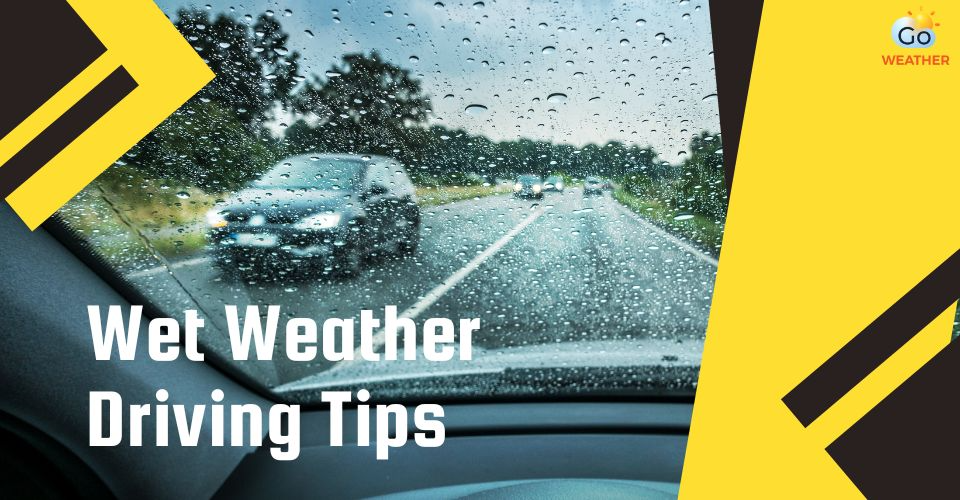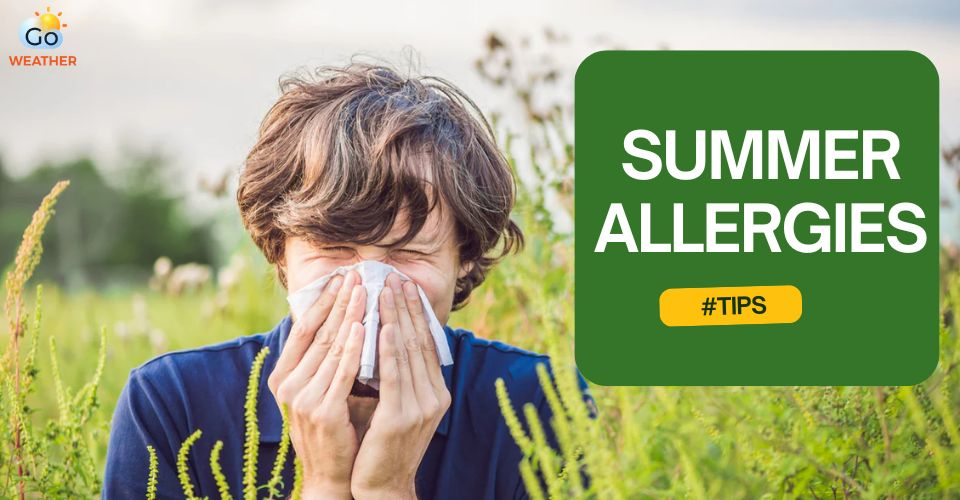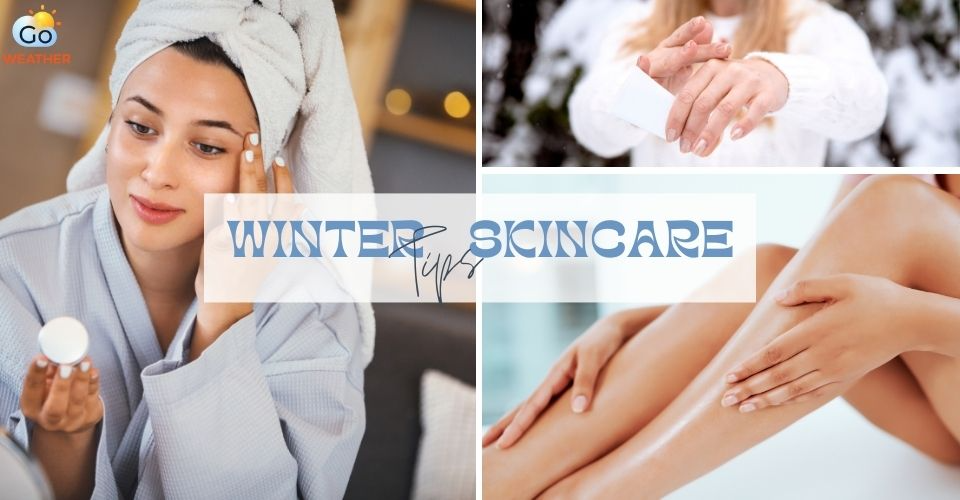10+ Cold Weather Safety Tips to Protect Your Pets During Winter
- Know Your Pets’ Limits
- Limit Your Pets’ Outdoor Time In Winter
- Check the Paws Frequently
- Wipe down
- Another Layer of Protection
- Check under the Hood for Cats
- Avoid Leaving Your Pets in Cold Cars
- Avoid the Ice
- Feed Well & Keep a Healthy Weight
- Keep Your Pets Hydrated
- Give Your Pets A Good Shelter
- Visible Wear & Identification
- Recognize Problems
- Be Prepared
Winter is approaching quickly, along with freezing temperatures in many regions of the world. Now, it's a good time to protect our pets from the cold winter ahead. Like us, our pets are affected by cold weather. Without good care, they could be at risk when the weather outside is frightful. If you are unsure how to protect your pets from threats posed by cold weather, this article will offer 14 cold weather safety tips that pet owners should know!
.jpg)
Cold weather safety for pets
Know Your Pets’ Limits
Knowing your pet’s limits is one of the first pets cold weather tip.
Like us, pets’ ability to withstand cold weather varies from pet to pet, depending on their hair coat type and length, body fat stores, health status, activity level, and the amount of time spent outside.
Typically, shorted-coated, thin, and especially arthritic, elderly, and very young pets and pets with chronic illnesses have much lower cold tolerance than adult pets who are relatively healthy.
Although thick-coated or long-haired pets tend to be more tolerant of cold, they’re still at risk in the cold weather. Short-legged pets may get cold faster than long-legged ones because their bodies and bellies seem to come into contact with the cold ground likely.
So, it’s always very important for pet owners to be aware of their pets’ cold tolerance so that they can adjust accordingly to protect them from cold weather-associated health risks. You will need to consult with a veterinarian to determine your pets’ temperature limits.
.jpg)
It’s necessary to know your pet’s limit
Limit Your Pets’ Outdoor Time In Winter
It is a common belief that cats and dogs are more resistant to cold temperatures than people due to their fur, but of course, this is not true. Even the furriest ones can get cold in cold winters.
Like humans, pets are very susceptible to frostbite and hypothermia. When the temperature outside drops, you need to shorten your pets' outdoor time and avoid long exposure to cold temperatures.
Longer-haired and thicket-coated pets like Huskies, for example, are more tolerant of cold weather.
Of course, pets should not be left outdoors for long periods when temperatures drop below freezing. During cold winters, pets should be kept inside unless otherwise necessary.
Check the Paws Frequently
.jpg)
Check the paws of your pets frequently
Though your pets’ paws contain their thickest skin, this doesn’t mean they are invulnerable to cold weather damage.
Hence, you should check your pet’s paws daily for signs of cold-weather injury, such as bleeding or cracked paw pads. Besides, you probably need to keep the fur between your pet’s toes trimmed short to reduce the chance of iceball accumulation on his feet.
Wipe down
When your pets are outside, their paws, legs, and even belly are exposed to salt products and chemicals like antifreeze or de-icers.
Hence, you need to wipe off or wash your pets' feet, legs, and belly after they get back inside to remove these chemicals and reduce the risk that your pets lick them off their feet or fur.
Also, consider using pet-safe deicers in your home to protect your pets and other dogs and cats in your neighborhood.
Another Layer of Protection
.jpg)
Give your pet a coat or a sweater
A longer and thicker coat will give your pets more warmth on cold winter days, especially outside. Cutting down much of your pet’s fur in wintertime may be a big mistake. So, never shave your pet’s fur down to the skin in wintertime.
Pets with longer or thicker fur might not need extra protection to go outside. But with smaller pets and those who have shorter coats or seem bothered by the cold winter, consider getting them cold-weather outfits like a coat or a sweater.
Remember that wet coats or sweaters can make your pet colder. So, it’s better to have several on hand, and you can always use dry coats or sweaters each time your pet goes outside.
Some pet owners also protect their pets’ feet with booties. If you want to use them, please ensure they fit correctly.
Check under the Hood for Cats
One of the best winter safety tips for pets is to check under the hood. In winter, outdoor and feral cats often seek respite from the cold, and a warm vehicle engine is an appealing heat source for them.
Therefore, you should always check underneath your car, bang on your cat hood, and honk the horn before you get in and start the engine. Doing this will encourage sleeping cats to run off, preventing injuries when the car starts running.
Avoid Leaving Your Pets in Cold Cars
.jpg)
Do not leave your pets in cold cars
Just as hot cars are dangerous for pets in summer, cold cars also pose significant threats to their health. Cars cool down rapidly in cold weather and can quickly chill your pet.
As discussed earlier, shorted-coated, arthritic, elderly, young pets and those with illness are susceptible to cold environments. They should never be left in a freezing car.
So, you should only take your pets if necessary and never leave them unattended in the vehicle.
|
Your pets also require extra care during hot weather. Check out some useful tips in these guides: |
Avoid the Ice
Avoid frozen ponds, lakes, and other bodies of water when walking your dog in the winter. It’s hard to know if the ice can support your pet’s weight, and it will be dangerous for your dog if the ice breaks.
If this happens and you instinctively try to save your pet, then it’s so dangerous for both of you.
.jpg)
Avoid the ice
Feed Well & Keep a Healthy Weight
Though pets burn extra energy to keep warm in the cold winter, cold temperatures may also cause your pet to be lazy, causing them to need fewer calories.
Some pet owners suppose that a little extra weight will give their pets more protection from cold, but that’s not completely true. The health risks associated with that extra weight make it not necessary.
The most important thing is to feed your pets well and keep them at a healthy weight. Be attentive to your pet’s activity level and condition, and adjust the winter diet and calories accordingly.
Normally, outdoor pets need more energy during the cold winter to provide enough body heat and calories to keep them warm. If you want to know how to feed your pets in the winter, talk to your veterinarian about their nutritional needs.
.jpg)
Feed your pet a bit more in winter
Keep Your Pets Hydrated
Keeping them hydrated is crucial for keeping pets safe in cold weather.
Dehydration can happen in any season. In the winter, the air is dry, and pets can dehydrate quickly. Be attentive and keep your pets hydrated during the dry and cold winter.
Always be sure that your pets have plenty of clean, fresh water to drink throughout the day.
Give Your Pets A Good Shelter
Keeping pets outside for long periods in cold weather is not advisable. Still, if you cannot keep your pet inside during cold weather, give them a dry, warm, solid shelter. Bring them indoors when the temperatures drop below freezing.
Your pet’s shelter space needs to be large enough so that your pet can sit and lay down comfortably, but it also needs to be small enough to conserve body heat.
Besides, the shelter's floor should be raised a few inches off the ground, and bedding needs to be dry and thick and changed regularly. The shelter’s door should be positioned away from winds, and waterproof materials should cover the doorway.
.jpg)
Give your pets a good shelter if you are unable to keep them outdoor
Visible Wear & Identification
More pets become lost in winter than in other seasons because snow and ice can disguise recognizable scents, which might help them find their way back home.
To prevent your pet from becoming lost, you should keep him/her leashed on walks and/or give him/her reflective gear so that he/she can be seen in the dark.
Also, ensure that your dog or cat has a well-fitting collar with updated identification and contact information so that your pet can be safely returned to you in case he or she can’t find a way home.
Recognize Problems
If your pet shows unusual signs like whining, shivering, seeming anxious, slowing down, stopping moving, looking weak, or starting to seek warm places to burrow, you need to get it back inside as quickly as possible. These are signs of hypothermia.
Frostbite seems harder to detect and may take us a few days after the damage is done to recognize it fully.
Consult your veterinarian immediately if you suspect your pet has hypothermia or frostbite. Pet owners need to know that this is one of the very important safety tips for extreme cold weather.
.jpg)
Consult your veterinarian immediately if needed
Be Prepared
The last pet cold weather safety tip is to be prepared. Cold winter also brings the risks of severe weather conditions that can cause blizzards, power outages, and more.
It is always so good to be prepared for bad situations. Have an emergency kit, and include your pet(s) in your plans. Prepare enough water, food, and medication to last your pets for at least 5 days.
Conclusion
That’s some basic and essential cold weather safety tips that every pet owner should know. Together with these, there are still a lot of other tips and things to know to take care of and keep your pets safe during the severely cold winter. But we still hope that all the tips mentioned above are helpful and can help you protect your pets from threats posed by cold weather one way or another.



![How to Care for Your Dog in Hot Weather to Keep Them Safe? [7 Tips]](https://admin.goweatherforecast.com/images/1732588273.png)







0 Comments
Leave a Comment
Your email address will not be published. Required fields are marked *